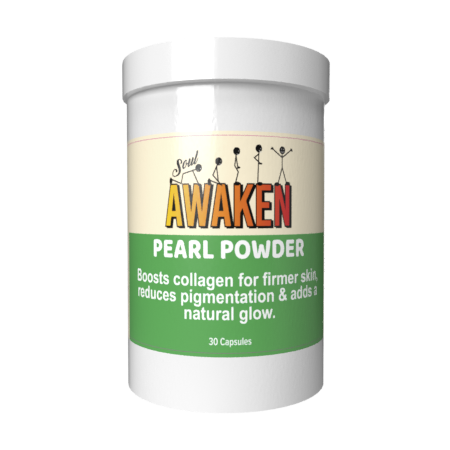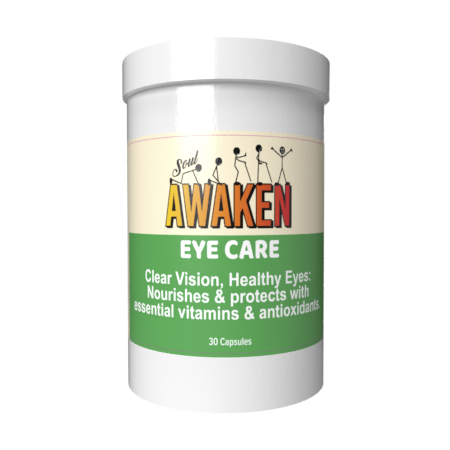
Dragon’s Blood is a bright red plant resin obtained from several tropical tree species—including Dracaena, Croton, Daemonorops, and Pterocarpus. Used since ancient times as a medicine, varnish, pigment, and dye, its dramatic color and extensive history have made it a subject of ongoing research in natural health. Today, Dragon’s Blood is gaining popularity as a natural remedy for its antibacterial, wound-healing, anti-inflammatory, and digestive benefits.
Dragon’s Blood is a deep red resin that oozes from tree bark when cut. Although medieval traders once attributed mythic qualities to its color, modern investigations show that its benefits are grounded in a rich composition of bioactive compounds.
For historical context, see Wikipedia’s Dragon’s Blood page.
Dragon's Blood Healing Properties & Uses
Antibacterial and Antifungal Effects
Dragon’s Blood is noted for its broad antimicrobial activity. Scientific reviews have found that its compounds can inhibit various bacteria and fungi.
- Studies reported in the study “Antibacterial and Anti-biofilm Efficacy of Chinese Dragon’s Blood Against Staphylococcus aureus” published in Frontiers in Microbiology (Frontiers) demonstrate activity against many pathogens—with the exception of Salmonella.
- Its effectiveness is attributed to a rich supply of flavonoids and antioxidants, which have been shown to contribute to its antibacterial and anti-biofilm properties, particularly in inhibiting Staphylococcus aureus and reducing microbial virulence factors (Frontiers).
Wound-Healing Abilities
One of the most well-known applications of Dragon’s Blood is its use as a natural wound-healing agent.
- Indigenous communities have long applied the sap to cuts, burns, and insect bites to speed up healing.
- When applied topically, it forms a protective “second skin” that helps stop bleeding and shields wounds from infection.
- Research has identified taspine—an alkaloid in the resin—as a key component that promotes fibroblast migration and tissue repair. For example, see a study on PMC.
- Many modern natural first-aid balms include Dragon’s Blood for these reasons.
Anti-Inflammatory Benefits
Dragon’s Blood contains several compounds with potent anti-inflammatory effects.
- Taspine and proanthocyanidins help reduce inflammation by inhibiting pro-inflammatory cytokines and oxidative stress.
- Clinical trials have shown reduced inflammation and pain in conditions like arthritis and fibromyalgia (Springer).
- These properties not only aid wound healing but also support overall tissue repair.
Digestive Health: Ulcers and Diarrhea
Traditionally, Dragon’s Blood has been used to treat gastrointestinal issues.
- It is known for its astringent properties, which can help control diarrhea by reducing excess fluid in the intestines.
- In parts of South America, it has been used to treat dysentery and stomach ulcers.
- Modern research led to the development of crofelemer—a standardized extract from Croton lechleri—which has been FDA approved for HIV-associated chronic diarrhea (PMC, Drugs.com).
Dragon’s Blood Potential Anticancer Properties
Preliminary laboratory studies suggest that certain compounds in Dragon’s Blood may have anticancer effects, although clinical evidence is very limited.
In vitro studies have shown that extracts can induce apoptosis in cancer cells, with research highlighting its potential anticancer properties through cytotoxic effects on malignant cells. However, further clinical studies are needed to confirm its efficacy and safety (PubMed, ScienceDirect, Frontiers).

Scientific Backing and Research
Modern scientific research supports many traditional claims about Dragon’s Blood:
- Antibacterial Properties: Dragon’s Blood exhibits significant antibacterial activity, particularly against Staphylococcus aureus (Frontiers).
- Wound Healing: Clinical trials have demonstrated its effectiveness in accelerating wound healing (PMC).
- Anti-Inflammatory Effects: Research highlights its role in reducing inflammation through polyphenolic compounds (PubMed).
- Digestive Health & FDA Approval: Crofelemer, derived from Dragon’s Blood, is FDA-approved for treating chronic diarrhea (PMC, Drugs.com).
- Anticancer Potential: Studies suggest apoptosis-inducing properties in cancer cells (ScienceDirect, Frontiers, PubMed).
- Antiviral Properties: Research indicates potential antiviral effects, particularly against herpes simplex (PMC).
Dragon's Blood Comparison with Other Natural Remedies
When comparing Dragon’s Blood to other natural healing agents, consider the following:
- Wound Healing: Compared to Aloe Vera, which provides cooling and moisturizing effects, Dragon’s Blood forms a quick-drying protective seal that speeds up tissue regeneration (PMC).
- Antibacterial Properties: While Manuka Honey has strong antimicrobial effects, Dragon’s Blood provides a broader spectrum of antibacterial and anti-biofilm activity, particularly against drug-resistant bacteria (Frontiers).
- Anti-Inflammatory Benefits: Unlike Turmeric, which primarily acts systemically, Dragon’s Blood works both locally and internally, offering more targeted relief for wounds and inflammatory conditions (Springer).
- Antiseptic Use: Compared to Tea Tree Oil, which can cause irritation, Dragon’s Blood is gentler on the skin while still providing long-lasting antimicrobial protection (PMC).
- Digestive Support: Dragon’s Blood outperforms many herbal alternatives in treating chronic diarrhea due to crofelemer’s FDA-approved efficacy (PMC).
Who Should Use Dragon’s Blood
Dragon’s Blood is Beneficial For:
- Natural Healing Enthusiasts: Individuals seeking plant-based solutions for wound healing, digestive support, and inflammation control.
- Athletes and Fitness Enthusiasts: Those who frequently experience muscle soreness, minor injuries, or inflammation can benefit from Dragon’s Blood’s anti-inflammatory and wound-healing effects (Springer).
- Individuals with Chronic Skin Conditions: People with eczema, psoriasis, or acne may find relief due to its antimicrobial and healing properties (PMC).
- Frequent Travelers: Those who are prone to traveler’s diarrhea can benefit from Dragon’s Blood’s gut-protective effects (PMC).
- Aging Adults: Its collagen-boosting properties can assist in maintaining skin elasticity and wound recovery (PubMed)..
Use with Caution:
- Pregnant or Breastfeeding Women: Consult a healthcare professional due to limited safety data.
- Children: Use only under the guidance of a qualified practitioner.
- Individuals on Blood Thinners: Monitor use closely due to potential anti-clotting effects.
How to Use Dragon’s Blood Safely and Effectively
Dragon’s Blood Forms and Dosage
Dragon’s Blood is available in various forms:
- Topical Applications: Creams, ointments, and salves for wound care.
- Internal Supplements: Capsules, tinctures, or drops for digestive support.
- Raw Resin: Can be used to prepare homemade remedies.
For topical use, clean the affected area and apply a thin layer (or a few drops of tincture) 1–3 times daily. For internal use, follow the dosage instructions on the product label. It is recommended to start with a lower dose and adjust as necessary.
Safety and Precautions
- Topical Use: Conduct a patch test first to check for any adverse skin reactions.
- Internal Use: Due to its potent nature, consult your trusted and informed healthcare professional, especially if you have pre-existing conditions or are taking other medications. For further guidance, feel free to contact us.
- General Guidance: Do not rely solely on Dragon’s Blood for serious health conditions; it should be used as a complementary remedy alongside standard treatments.
Conclusion
Dragon’s Blood is a multifaceted natural resin with a long history in traditional medicine. Its antibacterial, wound-healing, anti-inflammatory, and digestive benefits are supported by both traditional use and modern research. While it is not a cure-all, responsible use of Dragon’s Blood can be a valuable addition to a natural health toolkit, complementing other treatments and lifestyle changes.





